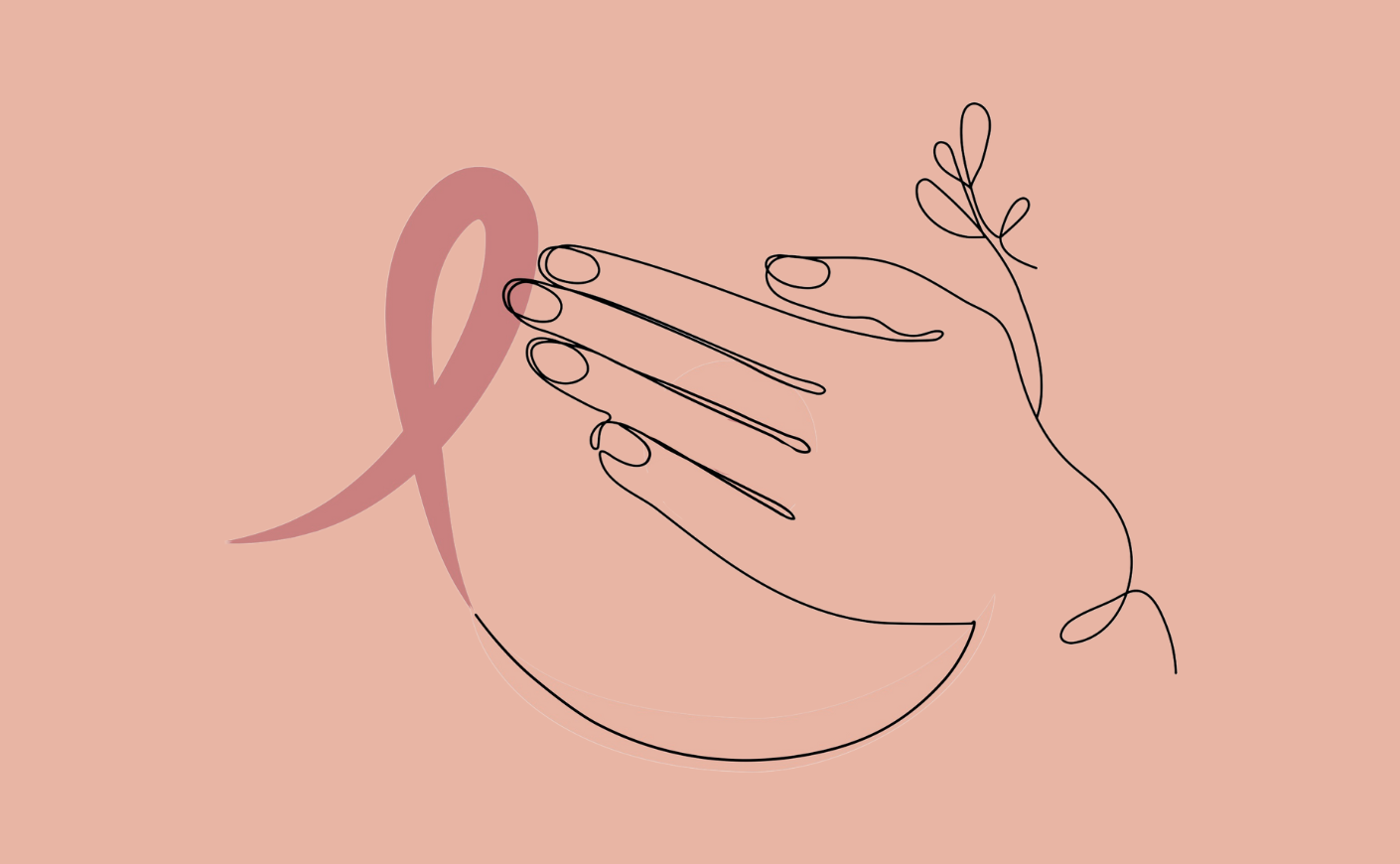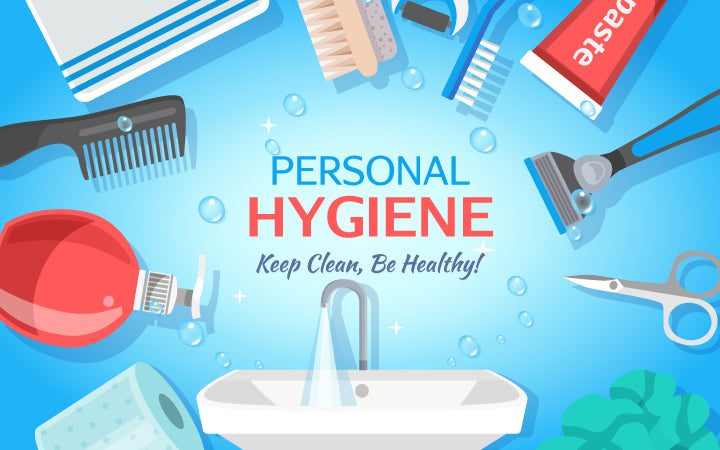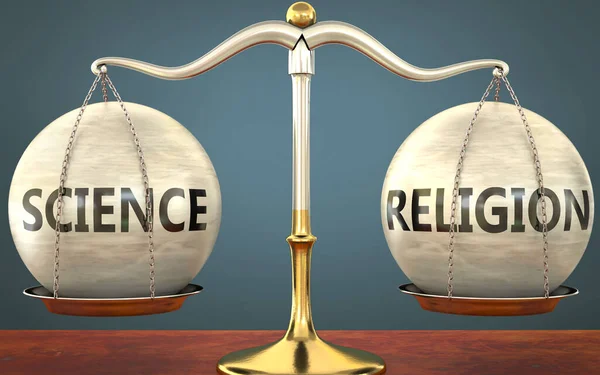🩺Breast cancer is one of the most common cancers affecting women globally. Early detection remains one of the best ways to improve survival and outcomes—and Self-Breast Examination (SBE) is a simple, cost-free, and effective way for women to stay alert to changes in their breasts.
This article guides you through the importance of SBE, how to do it properly, and when to seek medical advice.
🧠 Why Self-Breast Examination Matters
SBE empowers women to:
-
Understand what is normal for their breasts
-
Detect unusual changes early
-
Promptly seek professional evaluation
Although SBE does not replace clinical breast exams or mammograms, it serves as a valuable first step in early breast cancer detection, especially in resource-limited settings.
📅 When Should You Perform a Self-Breast Exam?
-
Once a month, ideally a few days after your menstrual period ends (when breasts are less swollen or tender)
-
Postmenopausal women can choose a consistent date every month (e.g., the 1st or last day of the month)
👀 What to Look and Feel For
During an SBE, check for:
-
A lump or thickened area
-
Swelling or pain in one breast
-
Changes in breast shape or size
-
Nipple discharge (especially if bloody or spontaneous)
-
Inverted nipples or recent pulling in
-
Skin changes (redness, dimpling, rash, or orange-peel texture)
-
Visible differences between the two breasts
🖐️ How to Perform a Self-Breast Examination
🔹 Step 1: Look in the Mirror
Stand with shoulders straight and arms at your sides. Look for:
-
Size, shape, and symmetry
-
Skin changes
-
Nipple changes or discharge
Then raise your arms and look for the same changes.
🔹 Step 2: Feel While Standing or in the Shower
-
Use the pads of your three middle fingers.
-
Move your fingers in circular motions, up and down lines, or wedges, covering the entire breast and armpit area.
-
Use light, medium, and firm pressure to feel all layers of tissue.
🔹 Step 3: Feel While Lying Down
-
Lie flat and place a pillow under your right shoulder.
-
Use your left hand to examine your right breast, and vice versa.
-
Use the same circular or vertical motion.
📞 When to See a Doctor
Contact your healthcare provider if you notice:
-
A new lump or mass
-
Changes that persist beyond your menstrual cycle
-
Nipple discharge, especially if bloody
-
Pain that doesn't go away
Remember: Not all lumps are cancerous, but they should always be checked by a professional.
🧬 Risk Factors for Breast Cancer
While SBE is important, be aware of risk factors that increase the chance of breast cancer:
-
Family history (especially in a mother or sister)
-
Age (risk increases after 40)
-
Early menstruation or late menopause
-
No childbirth or late first pregnancy
-
Obesity and physical inactivity
-
Excessive alcohol use
-
Smoking
👩⚕️ Other Screening Methods
-
Clinical breast exams: Done by a nurse or doctor during checkups
-
Mammograms: X-ray of the breast; recommended starting from age 40–50 depending on local guidelines
-
Ultrasound or biopsy: If abnormalities are found
💪 Final Thoughts
Self-breast examination is about awareness, not fear. Knowing your body helps you notice changes early and seek help if needed. Combine SBE with healthy lifestyle choices and regular screenings to protect your breast health.
"Early detection saves lives. You know your body best—check it monthly."





Comments (0)
Leave a Comment
No comments yet. Be the first to share your thoughts!